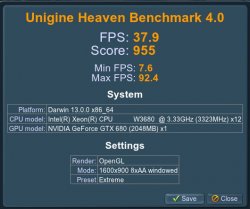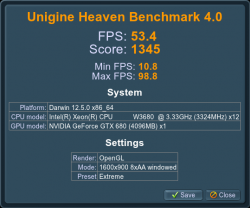You wouldn't. I never said this was a gaming machine in that context. It's just a machine that can be used for all sorts of aspects including playing games or developing games on it. As a pure gaming machine its a luxury thats for sure and with Windows Crossfire support it falls behind on compatibility.please explain to the common non gamer (except RR3 on the iPad) why I would need ECC Ram and Workstation Class CPU to build a gaming machine?
Edit:
As far as i know these are not real time, at least the last one I know for sure.
As for CAD, and medical analysis where spinning anything in 3D using OpenGL accelerated viewports is huge, switch to DirectX drivers and its Ok for minor scenes but anything heavy and it chokes with Z Depth ordering screwing up, texture corruption etc. (I think DirectX tries to load everything into memory in the viewport whereas OpenGL doesn't) Additionally OpenCL accelerated rendering is also huge.
Maya, 3DSMax, Solidworks, Mudbox, Pro/E etc makes great use of fast OpenGL processing for viewport response.



